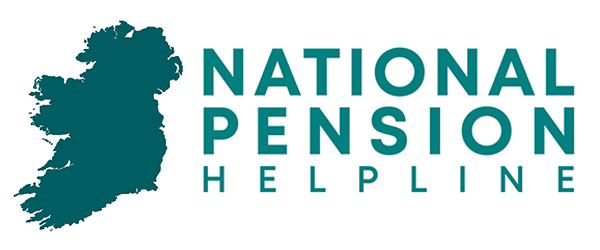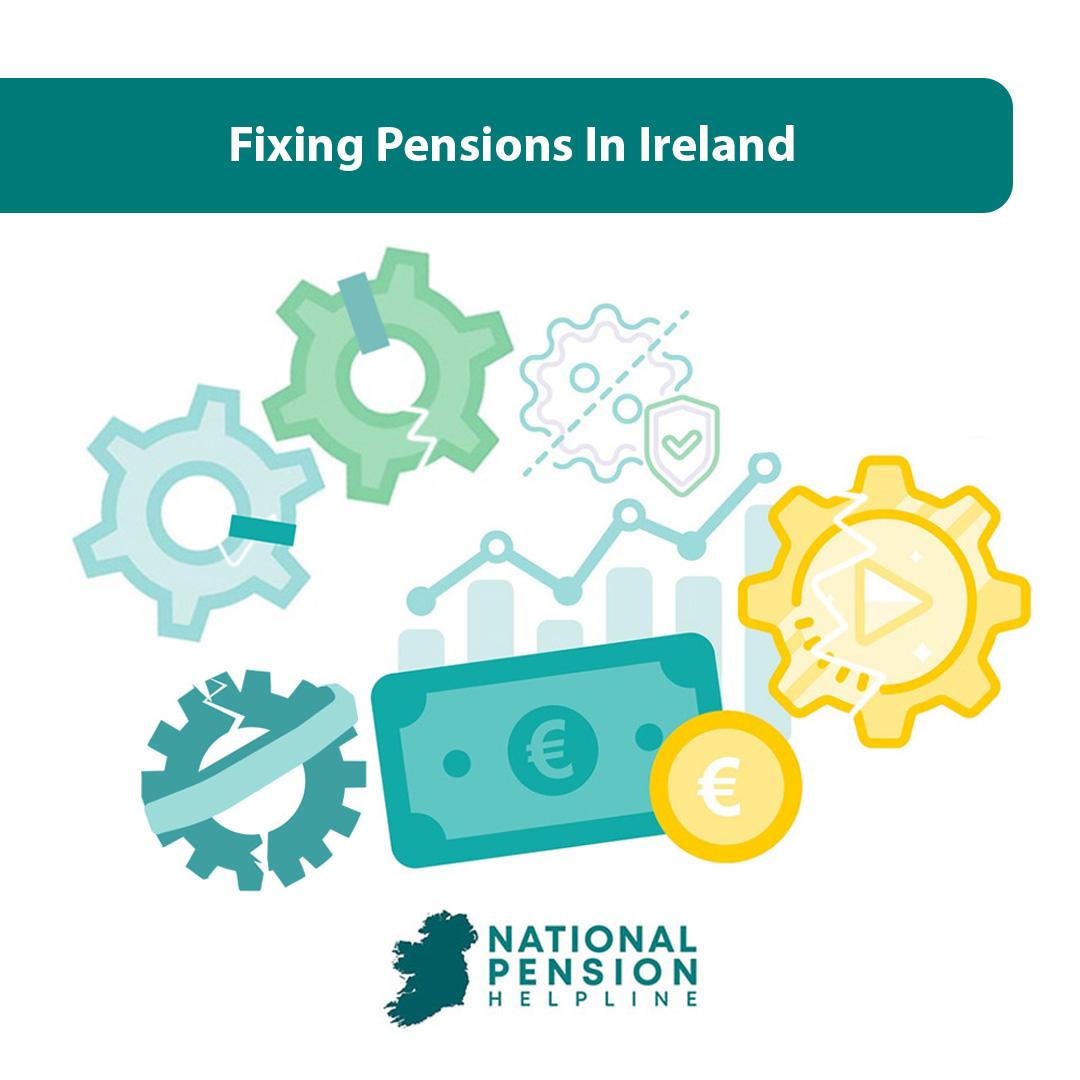
There are many problems that exist within the Irish pension ecosystem.
When compared to the pension systems of, say, the U.S and the UK, Ireland’s pension system appears to be archaic at the best of times.
If it were a case of “if it ain’t broke don’t fix it” and Ireland’s pension system, despite being archaic, was actually doing great things in ensuring that its citizens were financially prepared for retirement, then you could perhaps forgive policy makers for the lack of meaningful developments to the system.
But this isn’t the case – the system is, in many respects, ‘broken’ and it needs to be fixed.
When we refer to the “pension system”, we’re referring to the combined effect of two major pension system components: The state pension and private pensions.
Both of these components play separate roles in ensuring “financial preparedness” in retirement and both face their own set of unique challenges that need to be overcome. For the purpose of this article, we’ll look at the State pension from a high level perspective and we’ll look at various aspects of private pensions in more detail.
Table of Content
The State Pension
For those who aren’t aware, in Ireland, the old age State pension is paid out to retirees from the Social Insurance Fund (SIF).
The SIF itself is funded by the ‘Pay-Related Social Insurance’ or PRSI contributions that are paid by employees, employers and self-employed individuals.
From an operational perspective, the SIF aims to balance what comes in, via PRSI, with what goes out, via State pension and other payments.
This results in a very delicate balance to be struck i.e. balancing the number of retirees drawing on the State pension as well as the value of those drawings with the number of workers in the workforce and the value of their collective PRSI contributions.
Deficits in the SIF, where PRSI receipts are less than SIF expenditure, can and do arise – and when they do, the difference needs to be funded by the Government.
The problem is that according to KPMG, annual deficits in the SIF will reach €3bn by 2040, €15.6bn by 2060 and €24.9bn by 2076.
In fact, KPMG estimated that the net present value of these future shortfalls in the SIF, assuming a discount rate of 1.5%, is €271 billion, which, for context, is 115% of our current national debt.
If left unchecked, these deficits would have to be covered by the Government which invariably would lead to a large expansion in Ireland’s per capita debt burden.
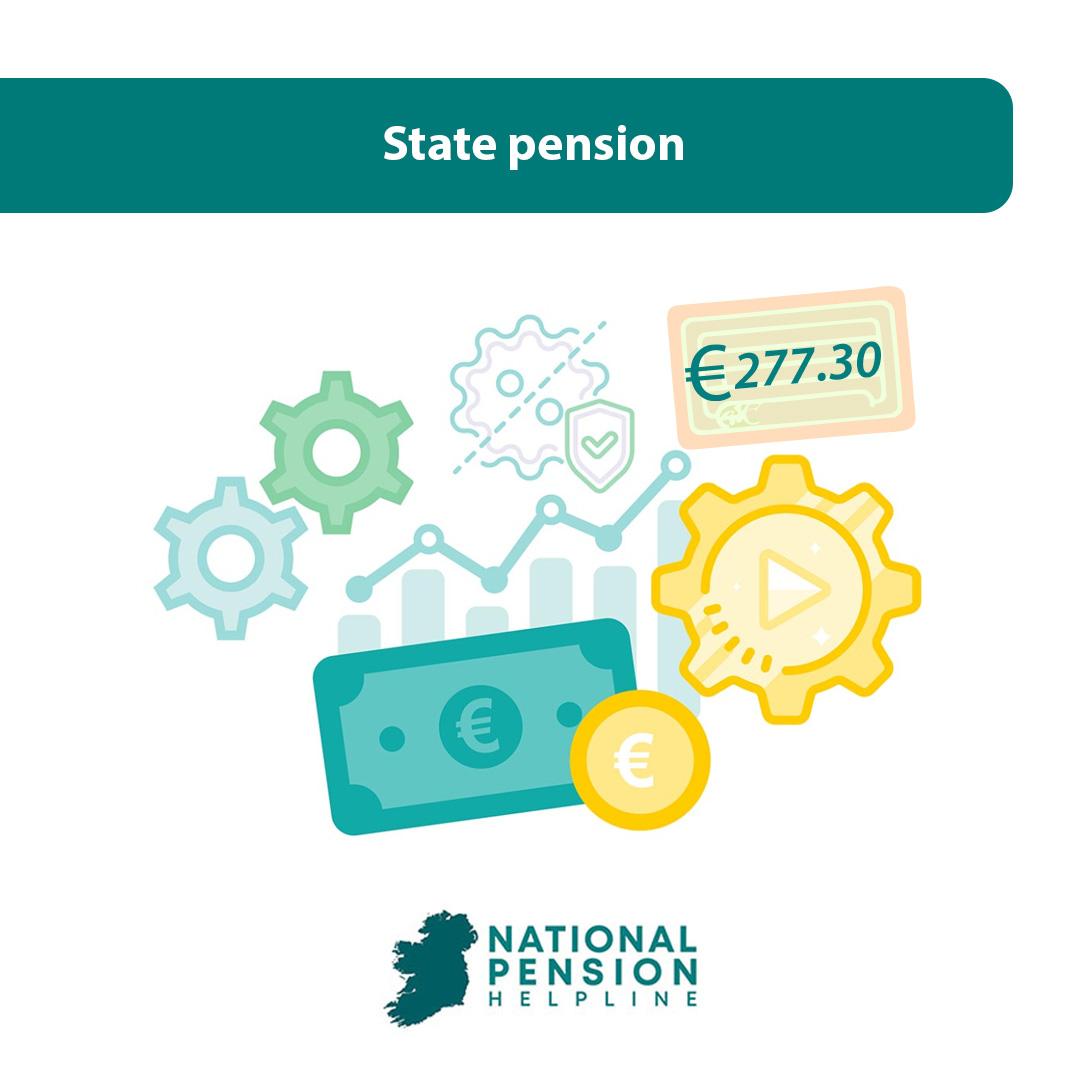
But why are these deficits arising? What’s the problem?
The problem is the State pension system itself and, more specifically, the inadequacies of this system in the face of changing demographics i.e. an ageing population.
Ireland’s old-age dependency ratio, i.e. the proportion of individuals aged 65 and over as compared to the working population, is currently 25%. In other words, there are currently four workers for every one retiree in Ireland.
This is one of the lowest old-age dependency ratios in Europe, indicating a young population. However, by 2050, this ratio will be 46% – meaning there will be just over two workers for every retiree in the State.
The problem is that the current State pension payout of €277.30 per week is indirectly predicated on an old-age dependency ratio of 25%. Meaning, as the old-age dependency ratio shifts to 46%, in order to maintain or increase the current weekly State pension payout, PRSI contributions to the SIF will need to increase (if large SIF deficits are to be avoided).
Why?
Because there will be less workers paying PRSI and more retirees drawing on the State pension creating an imbalance. The key challenge here is avoiding intergenerational inequality whereby future generations have higher gross tax burdens (due to higher PRSI rates) as compared to current generations.
The Irish Fiscal Advisory Council has recommended the introduction of a ‘steady-state PRSI rate’ which would ensure the financial stability of the SIF for the next ~70 years. This could lead to a more equitable outcome as a) the rate of PRSI is near constant and b) large SIF surpluses would be built up today to alleviate the financial burden of tomorrow.
But not all parties are in agreement on the best approach, with the Commission on Pensions recommending a different strategy which, on paper, could potentially lead to greater intergenerational inequality.
Another consideration is that oftentimes, the solution which makes the most sense, mathematically, is not always the most politically favourable. In reality, the near-term impact on the polling station can become the driving factor that guides policy change for better or for worse. Political based ulterior motives can lead to conflict of interest and suboptimal decision making when it comes to the State pension.
Bottom line, Ireland’s State pension system is becoming increasingly fragile and controversial policy changes will very likely need to be introduced in order to salvage it.
For those who are serious about retirement planning, it may be advisable to place little reliance on the mere existence of the Irish State pension, at least in its current form, in the decades to come.
Instead, one’s attention should be entirely focused on private pensions.
Private Pensions
Discussions relating to private pensions in Ireland are much more multifaceted than those concerning the State pension.
Reason being, unlike the State pension, private pensions aren’t governed by a single system per-se. Rather, there are many contributing factors independent of one another which, in totality, determine the quality of what could be described as “the Irish private pension system”. These factors include but are not limited to:
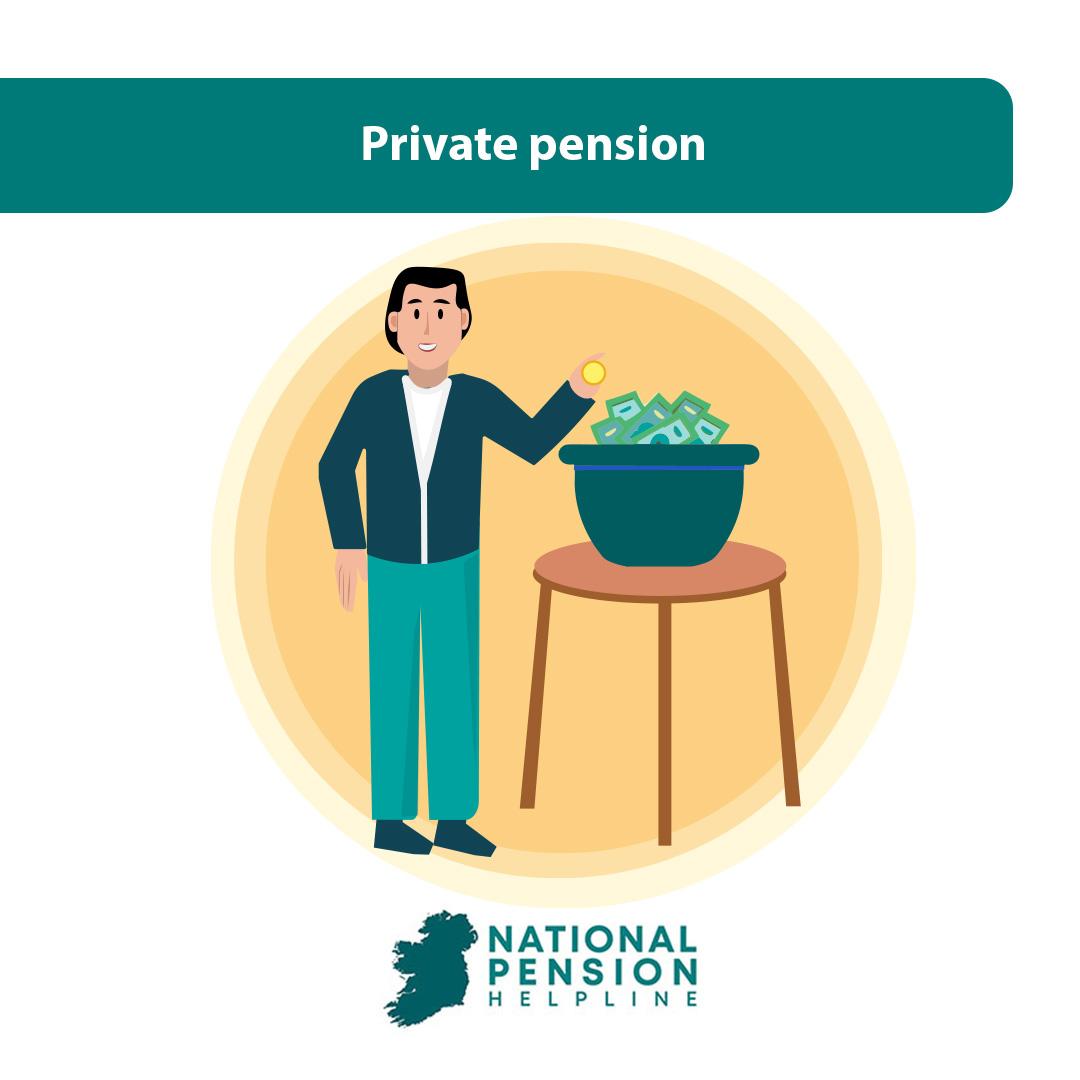
1. Tax Policy
For the purpose of this section, it is assumed that you understand the taxation of pensions in Ireland. If that’s not the case, please read our previous article on the topic here. Much of what we, as savers and investors, can and can’t do when it comes to private pensions in Ireland is dictated by the rules set out in the Taxes Consolidation Act.
These tax rules, as they pertain to private pensions, serve as incentives (or disincentives, if that’s what the Government so desires) for us to engage and make pension contributions.
However, as with all tax incentives, there’s a balance to be struck and oftentimes, what we as taxpayers want isn’t always what we get.
That’s simply because the Government needs to consider the total tax take of the Exchequer.
So to say that the tax rules for private pensions are broken isn’t necessarily a fair analysis, as it’s more so just a case that the current tax rules aren’t providing us with the optimal set of circumstances that we desire.
However, that doesn’t mean that we can’t make suggestions for tax policy changes that would benefit those engaging with private pensions.
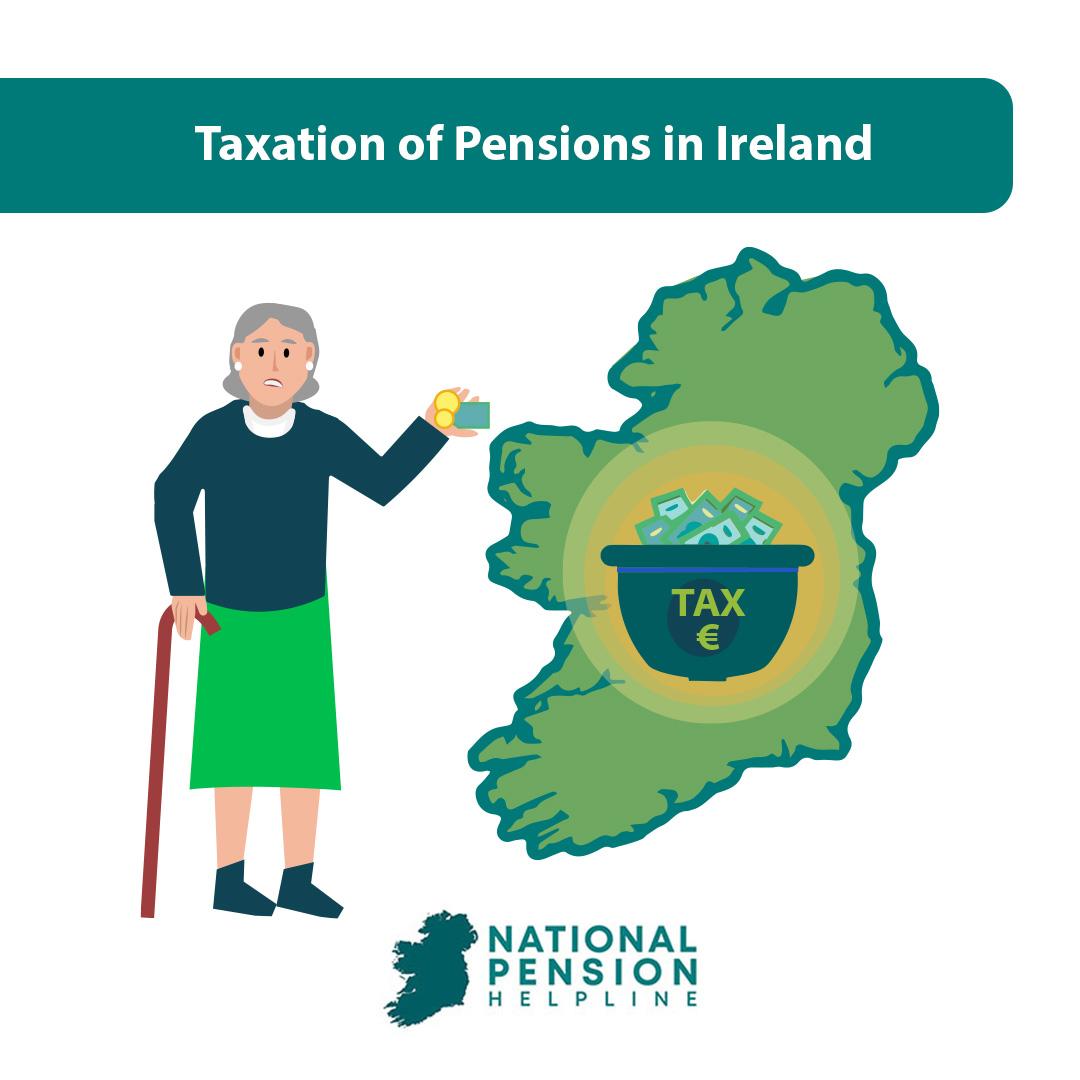
a) Contribution Limits
As things currently stand, a set of age-related contribution limits and a maximum earnings threshold dictate how much money we can put into our pensions tax-efficiently in a given tax year.
Having an age-related contribution limit that scales over time not only creates inequality between younger and older investors, but it also goes against what we know about effective retirement planning.
One of the key ingredients for success in any investing endeavour is time, as time unlocks the power of compound interest. Compound interest is what enables investors to build sizable investment portfolios. As a rule of thumb, in order to maximise the benefits of compound interest, one should seek to invest as much as possible as early as possible.
Ireland’s age-related contribution limit does little to service this principle.
Why? Because under Irish tax law an individual who is, say, under the age of 30, can only invest a maximum of 15% of their salary into a pension tax-efficiently in a given tax year.
The salary on which that percentage is calculated is further restricted to a maximum of €115,000. So imagine a highly qualified software developer in their early twenties with low overheads and little life responsibilities working for a multinational technology company. He/she is in prime position to make sizable contributions to their pension. But the tax law prevents him/her from doing so optimally.
Fast forward ten years when he/she has a mortgage, kids and higher monthly outgoings. While the individual technically has more capacity for contributions under the tax law, their actual capacity for contributions has declined due to changes in life circumstances. They’ve “missed the boat” so to speak.
Put simply, Ireland’s age-related contribution limits try to paint a picture of how pension contributions should operate throughout life i.e. the older you are the more you contribute.
However, this could be considered as overly linear and nonsensical as;
a) individuals have wildly varying capacities for pension contributions at different stages of life (and individuals shouldn’t be punished for greater capacities arriving at “too young” of an age)
b) the principles of successful investing tell us that it’s highly advisable to invest as much as you can as early as you can. Surely the Irish Government wants us to be as successful as possible in our pension investment endeavours?
The good news?
We know that the Government has been told that these rules need to change. In their report Foundation for the Future, the Commission on Taxation and Welfare recommended “the removal of age-related contribution rates to be replaced with a single annual contribution rate… and the removal of the annual earnings cap on contributions subject to appropriate lifetime limits remaining in place”.
If introduced, the National Pension Helpline would like to see both the single annual contribution rate and the lifetime limit be set high enough to facilitate more meaningful contributions to private pensions.
The National Pension Helpline also advocates for the removal of the “use it or lose it” treatment of annual pension contributions.
Ideally, in a world where the single annual contribution rate comes to fruition, an individual’s allowable pension contribution for a given year (calculated as Earnings * Max Contribution Rate) should be ‘banked’.
In the event that the individual contributes an amount less than their maximum permitted contribution for a given tax year, the unused contribution amount should be available for carry forward into future tax periods.
This would ensure that taxpayers aren’t being punished for not having sufficient capacity to fully utilise their maximum pension contribution in a given tax year.
b) Tax Free Lump Sum
The topic of the tax-free lump sum is a controversial one. As we know, you have a lifetime limit equal to €200,000 worth of tax-free retirement lump sums from all sources.
Lump sums taken from €200,001 to €500,000 are taxable at 20% with any excess over €500,000 taxable at 40%. The controversy arises when we consider how different entities view the tax-free lump sum.
In the eyes of the Commission on Taxation and Welfare, the tax-free lump sum is too generous and requires “a meaningful reduction in the overall level available from its current level (worth over four times average earnings)”.
The rationale here is that Ireland, in the context of our European counterparts, is actually an outlier in terms of the level of tax-free lump sum available.
Countries like the Netherlands and Sweden do not permit lump sums, and while countries like the UK, France and Belgium do permit lump sums, those lump sums are linked to the size of the total pension pot and are taxable.
Ireland is in fact the only European country that uses a ‘monetary lifetime limit’ for tax-free lump sums as opposed to a ‘percentage of overall savings limit’.
However, advocating for the other side of the argument you have parties like KPMG Ireland who, as part of their review of Ireland’s Standard Fund Threshold, recommended an upwards rebasing of the tax-free lump sum to as much as €500,000.
Clearly, both KPMG Ireland and the Commission on Taxation and Welfare are at odds when it comes to the future of the tax-free lump sum.
The National Pension Helpline supports the solution which will;
a) Result in a fairer and more sustainable pension system.
b) Result in a greater capacity for pension contributions.
While taxpayers may desire a larger tax-free lump sum, it’s important to recognise that its existence is in direct contravention with the “Exempt, Exempt, Taxed” (EET) system of taxation which Ireland is endeavouring to apply more effectively.
Under the EET system, pension contributions are exempt from income tax, pension investment returns are exempt from income tax and capital gains tax and pension income is taxable.
A large tax-free lump sum serves to limit the effectiveness of the “T” in “EET” for Ireland, which the OECD has commented on.
This is a case in point example of how the taxation system is a balancing act that seeks to serve the interests of multiple stakeholders.
c) Standard Fund Threshold
Another aspect of Irish pension tax policy that is in dire need of change, and is currently undergoing a Government approved review, is the Standard Fund Threshold. The Standard Fund Threshold is a limit to how large your pension can become without being subject to punitive tax.
You can learn more about what this review means for you in our dedicated article on the Standard Fund Threshold.
2. Pension Providers
One aspect of private pensions in Ireland that is becoming the subject of much discourse is that of pension providers. More specifically, the quality of investment service that Irish savers and investors are being offered by pension providers as compared to our global counterparts.

If you have a Personal Retirement Savings Account (PRSA) or if you’re a member of an Occupational Pension Scheme in Ireland, it’s quite likely that your pension is with Irish Life, Zurich, Aviva or New Ireland. These are financial institutions who have been operating in Ireland for a long time and are more or less the only options when it comes to pensions.
To be fair, in terms of asset class coverage, the range of investment funds that are available through a pension with one of these providers are typically quite solid!
But there are a couple of problems:
i) Technology
The technology which we have at our disposal for making, managing and monitoring our pension investments in Ireland leaves much to be desired. While existing pension providers have made significant changes to their applications, they’re still quite far away from where they need to be capability-wise. We as financial consumers have become used to using apps like Revolut, N26 and Trade Republic for managing our financial affairs. As such, that has become the standard that we expect across all aspects of our personal finances.
A big part of the problem is that the existing pension providers are so massive, in terms of organisational size, that significant technological change takes a long time to implement. As such, it’s more likely that a new entrant FinTech company could provide the solution that the market is looking for.
Fortunately, the Central Bank of Ireland recently announced its Innovation Sandbox Programme which “will provide regulatory advice and support for innovative projects that promote better outcomes for society and the financial system”.
The hope is that the sandbox will become a breeding ground for new FinTech startups who will eventually go on to secure the relevant Central Bank of Ireland authorisation that they require to trade.
We already know that companies like Zen Pension (formally Marshmallow) are looking to create a new digital pension that will be fully tech-enabled and available to Irish savers and investors.
ii) Fees, Investments & Providers
Fees on pensions, specifically PRSAs, are regulated by the Pensions Authority. As per their website, “a standard PRSA has a maximum charge of 5% on the contributions paid and 1% per year on the PRSA funds under management whereas a non-standard PRSA does not have maximum limits on charges”.
The problem is that, when compared to crafting a personal investment portfolio with an online broker like Trade Republic or Trading 212, the fees associated with personal pension investments in Ireland seem astronomically high.
Granted, fees on occupational pension schemes are somewhat better, but they’re still not close to the near zero fee environment that can be achieved with many modern online brokers.
Thus, the question becomes, can we ever reasonably expect to be paying less than 10 bps (0.10%) in annual management charges and no contribution charges on our pension investments, which is more than possible when investing in the likes of, say, passively managed index funds via online brokers?
Part of the problem is that the likes of Irish Life, Zurich, Aviva and New Ireland are offering investors access to mutual funds which are, comparably, much more expensive to operate than exchange-traded funds.
But what if the role of the pension provider wasn’t to offer the funds themselves, but rather act as an intermediary between the investor and the markets?
What if the likes of Trade Republic, Trading 212 or DEGIRO were to offer a “pension mode” whereby pension contributions could be deposited to the platform and directed into whatever assets the investor chooses (including low-cost index funds)?
That way, you’d only incur whatever fees the broker offers for the service (which would likely be immaterial when compared to what’s currently being paid) in addition to the total expense ratio (TER) of owning any investment funds.
The broker would then ensure that the pension is managed in accordance with Irish law (this is why a local Irish FinTech might be best placed to solve this problem).
It seems strange that Elon Musk can send a car into space but I still can’t own a low-cost index fund in my Irish pension without jumping through hoops to do so. Just food for thought!
3. Employer Engagement
Finally, we need to talk about employer engagement with private pensions, or the lack thereof.
In the opinion of the National Pension Helpline, employers have an obligation to ensure that their employees are fully informed about the pension options that are available to them.
After all, employers are legally required to facilitate their employees’ pension provision by way of a nominated PRSA if an occupational pension scheme isn’t available.
Education is the key here.
Most employees don’t know some combination of the following:
among many other knowledge gaps.
Fortunately, with the upcoming introduction of auto-enrolment, employers will be obligated to take more of a proactive role in their employees’ pension provision, but that won’t be the ultimate solution.
Furthermore, Irish companies like kota are making it easy for employers to offer pension benefits to their employees in a tech-enabled and easy-to-understand manner. Regardless, the Government needs to figure out how it can better incentivise employers to educate their employees on pensions as there is a large knowledge gap that needs to be plugged.
Stay ahead of the curve with your pension
Indeed, there are many problems that exist within the Irish pension ecosystem. However, these problems are not impossible to solve and proactive change, along with tech-enabled solutions, is advancing each and every day. Ireland’s pension landscape is, and will continue to be, highly dynamic.
In order to ensure that you stay ahead of the curve, why not reach out to the National Pension Helpline today and we’ll pair you up with a vetted pension expert who can advise you on pensions as they relate to your current and likely future financial and personal circumstances.

